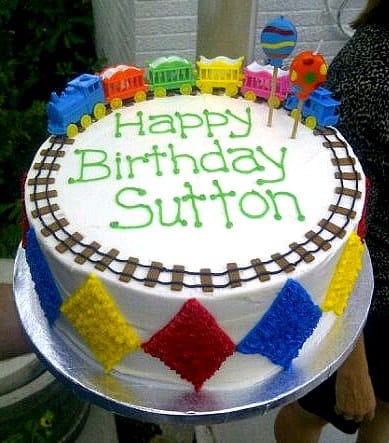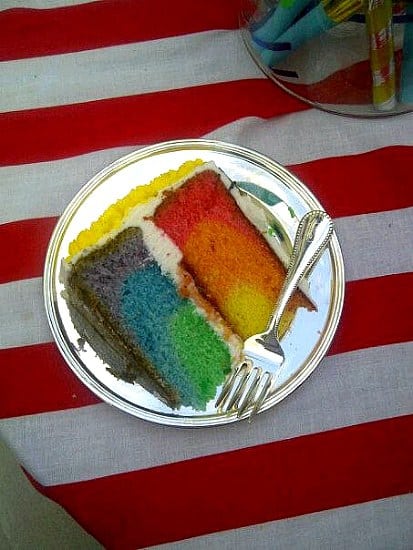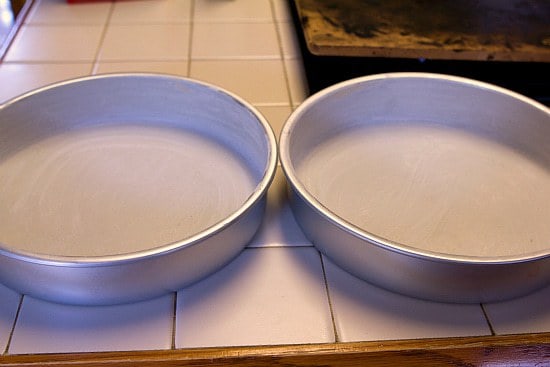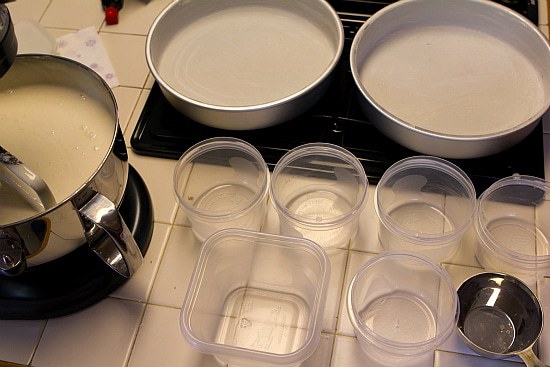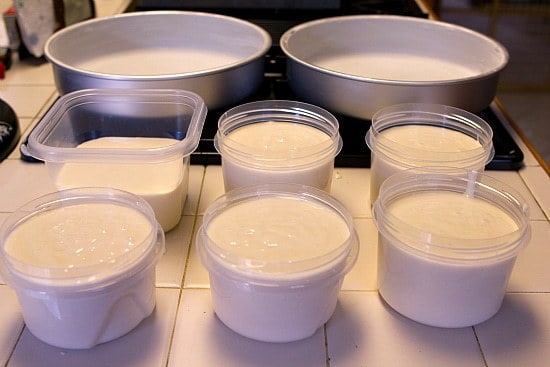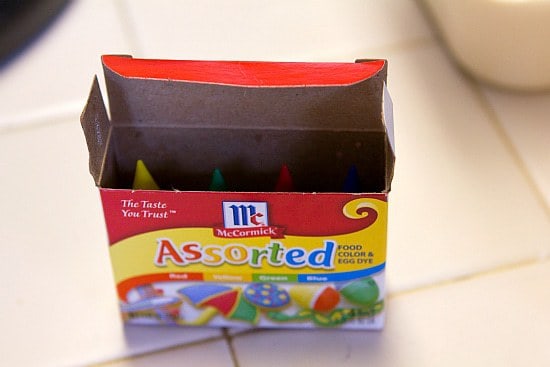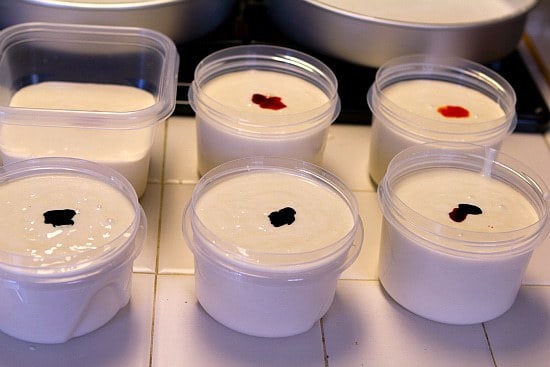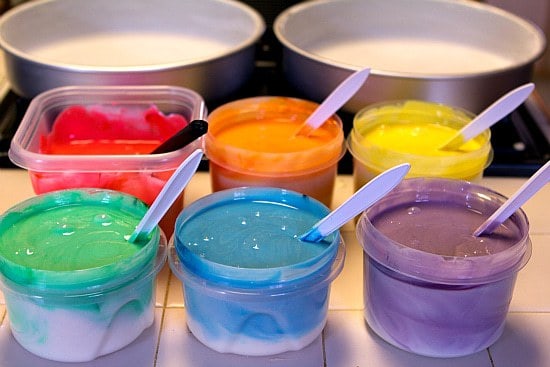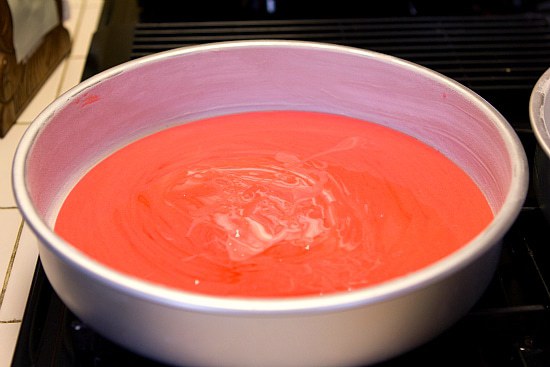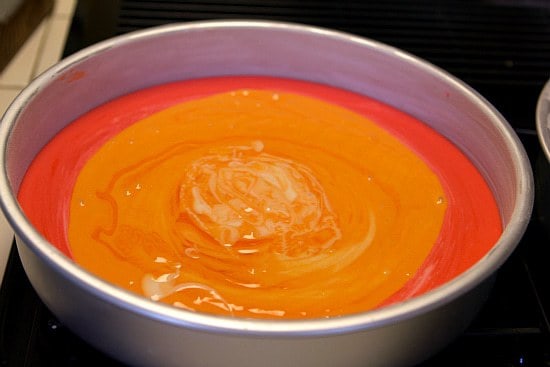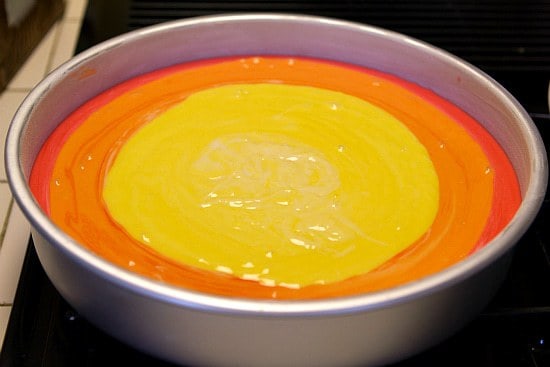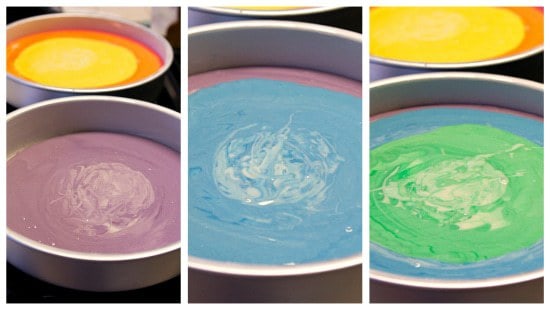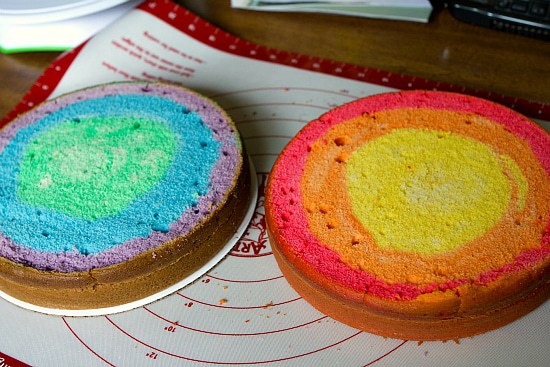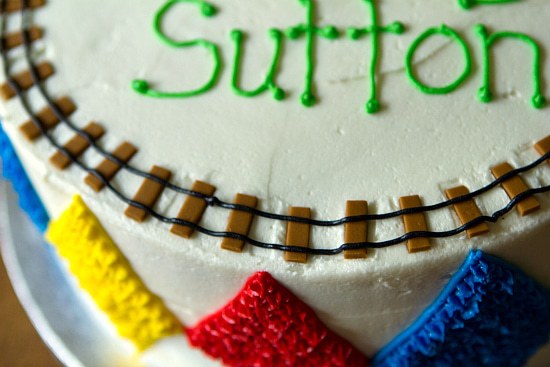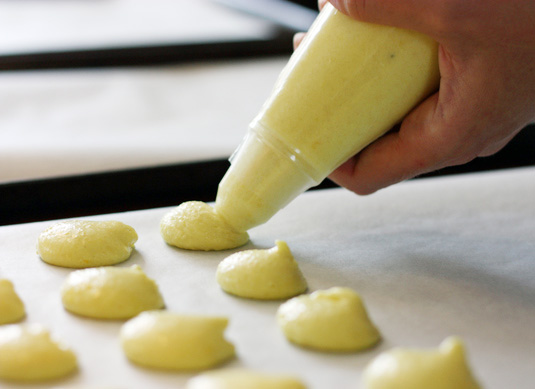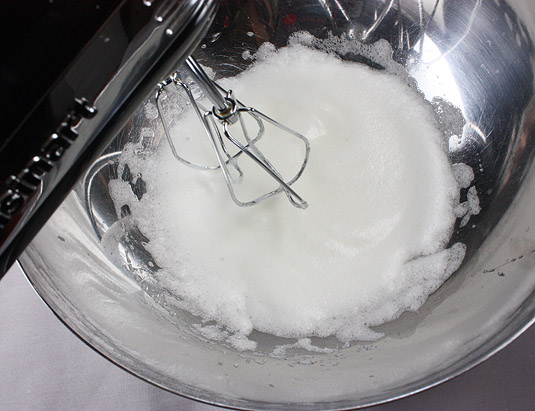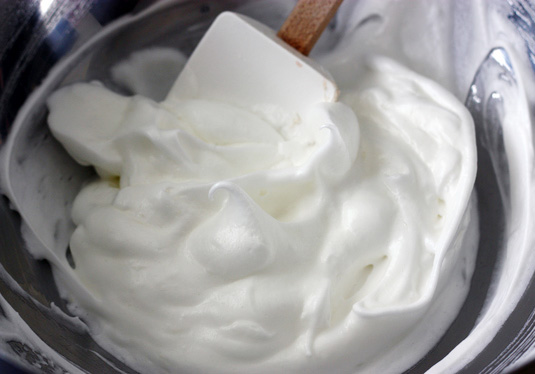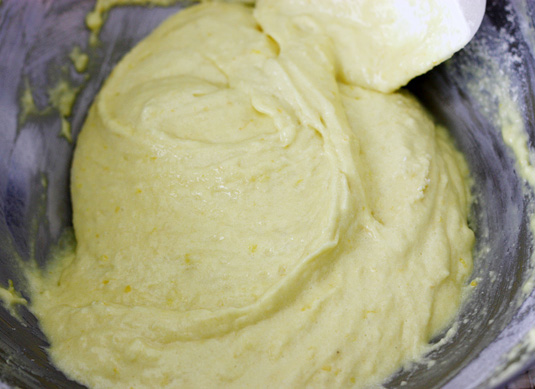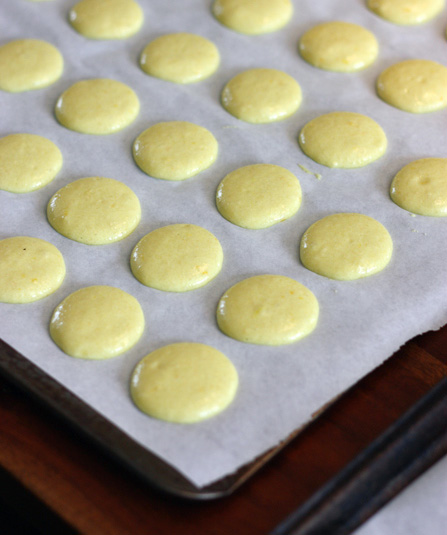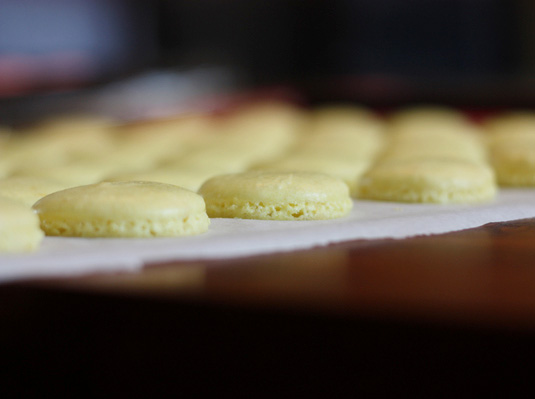Full conditional sentences contain two clauses: the condition or protasis, and the consequence or apodosis.
- If it rains [condition], (then) the picnic will be cancelled [consequence].
English conditional sentences can be divided into the two broad classes of factual/predictive and hypothetical (counterfactual), depending on the form of the verb in the condition (protasis). The terms "factual" and "counterfactual" broadly correspond to the linguistic modalities called realis and irrealis.
Factual
In these constructions, the condition clause expresses a condition the truth of which is unverified. The verb in the condition clause is in the past tense (with a past tense interpretation) or in the present tense (with a present or future tense interpretation). The result clause can be in the past, present, or future. Generally, conditional sentences of this group are in two groups, the "zero conditional" and the potential or indicative conditional, often called "first conditional" or "conditional 1". This class includes universal statements (both clauses in the present, or both clauses in the past) and predictions.The "zero" conditional is formed with both clauses in the present tense. This construction is similar across many languages. It is used to express a certainty, a universal statement, a law of science, etc.:
- If you heat water to 100 degrees celsius, it boils.
- If you don't eat for a long time, you become hungry.
- If the sea is stormy, the waves are high.
- If she had taken that flight yesterday, she would have arrived at 10pm.
- If she had taken that flight yesterday, she would be with us now.
- If she took that flight yesterday, she is somewhere in town today.
- If she took that flight yesterday, we will see her tomorrow.
- If it's raining here now, then it was raining on the West Coast this morning.
- If it's raining now, then your laundry is getting wet.
- If it's raining now, there will be mushrooms to be picked next week.
- If it rains this afternoon, then yesterday's weather forecast was wrong.
- If it rains this afternoon, your garden party is doomed.
- If it rains this afternoon, everybody will stay home.
- If I become President, I'll lower taxes.
- *If it will rain this afternoon, …
- *If it may have rained yesterday, …
- (The weather forecast says it's going to rain.) Well, if it will rain, we must take umbrellas.
- If aspirins will cure it, I'll [I will] take a couple tonight instead of this horrible medicine.[1]
- If you'll [you will] just hold the door open for me a moment, I can take this table out to the kitchen.
- If you will keep all the windows shut, of course you'll get headaches.
- If you will excuse me, I think I will slip into something more comfortable.[1][2]
Counterfactual
In these constructions, the condition clause expresses a condition that is known to be false, or presented as unlikely. The result clause contains a conditional verb form consisting of would (or could, should, might) plus a main verb in the base form (infinitive without to).The contrary-to-fact present conditional, often referred to as the "second conditional" or "conditional 2", is used to refer to a current state or event that is known to be false or improbable. The past subjunctive (or in colloquial English, simply the past tense) must be used:
- If she were [colloq. was] at work today, she would know how to deal with this client.
- If I were [colloq. was] the king, I could have you thrown in the dungeon.
- If I won the lottery, I would buy a car.
- If he said that to me, I would run away.
- (realis) If you leave now, you can still catch your train.
- (irrealis) If you left now, you could still catch your train.
- If you had called me, I would have come.
- If you had done your job properly, we wouldn't be in this mess now.
There are exceptions, however, where would is used in British English too in seemingly counterfactual conditions, but these can usually be interpreted as a modal use of would: If you would listen to me once in a while, you might learn something. (conditional 2.) [1][2] In cases in which the action in the if clause takes place after that in the main clause, use of would in counterfactual conditions is however considered standard and correct usage in even formal UK and US usage: If it would make Bill happy, I'd [I would] give him the money.[1]
Should can appear in the condition clause to refer to a future event presented as possible, but unlikely, undesirable, or otherwise "remote": If I should die before I wake, …, If you should ever find yourself in such a situation, …
Logic
While the material conditional operator used in logic (i.e. ) is sometimes read aloud in the form of a conditional sentence (i.e. "if p, then q"),
the intuitive interpretation of conditional statements in natural
language does not always correspond to the definition of this mathematical relation. Modelling the meaning of real conditional statements requires the definition of an indicative conditional, and contrary-to-fact statements require a counterfactual conditional operator, formalized in modal logic.
) is sometimes read aloud in the form of a conditional sentence (i.e. "if p, then q"),
the intuitive interpretation of conditional statements in natural
language does not always correspond to the definition of this mathematical relation. Modelling the meaning of real conditional statements requires the definition of an indicative conditional, and contrary-to-fact statements require a counterfactual conditional operator, formalized in modal logic.Examples
English
In English, there are three contexts for conditional sentences.The first context involves the possible outcome of an event that is likely to occur:
- If + Present Simple/Present Progressive + Present Simple/Present Progressive/Future Simple/Future Progressive/Imperative
- If + I miss the bus, + I will be late for school
- If + Present Perfect/Present Perfect Progressive/Preterite/Past
Continuous + Full Infinitive + Conditional Present/Conditional Present
Progressive
- If + I was + to miss the bus, + I would be late for school.
- In some dialects: If + Imperfect Subjunctive + Full Infinitive + Conditional Present/Conditional Present Progressive
- If + I were + to miss the bus, + I would be late for school.
- In some dialects: If + modal auxiliary "should" + Bare Infinitive + Conditional Present/Conditional Present Progressive
- If + I should + miss the bus, + I would be late for school.
- The latter two formulations, with the imperfect subjunctive or the
modal construction, can be modified to use subject-verb inversion
instead of the conjunction if:
- Were I + to miss the bus, + I would be late for school.
- Should + I miss the bus, + I would be late for school.
- If + Pluperfect/Pluperfect Progressive + Conditional/Conditional Progressive/Conditional Perfect/Conditional Perfect Progressive
- If + I had missed the bus, + I would have been late for school.
- Here too the conjunction if can be replaced by subject-verb inversion:
- Had I missed the bus, + I would have been late for school.
-
- If + I miss the bus, + I will be late for school can be adjusted to I will be late for school + if + I miss the bus.
- Should + I miss the bus, + I will be late for school can be adjusted to I will be late for school + should + I miss the bus.
Latin
Conditional sentences in Latin are traditionally classified into three categories, based on grammatical structure.- simple conditions (factual or logical implications)
- present tense [if present indicative then indicative]
- past tense [if perfect/imperfect indicative then indicative]
- future conditions
- "future more vivid" [if future indicative then future indicative]
- "future less vivid" [if present subjunctive then present subjunctive]
- contrafactual conditions
- "present contrary-to-fact" [if imperfect subjunctive then imperfect subjunctive]
- "past contrary-to-fact" [if pluperfect subjunctive then pluperfect subjunctive]
French
Si + Présent de l'indicatif + Présent de l'indicatif/Futur simple de l'indicatif/Présent de l'impératifSi + Imparfait de l'indicatif + Présent du conditionnel
Si + Plus-que-parfait de l'indicatif + Passé du conditionnel
Italian
Italian includes the subjunctive in the second and third formulas, and does not allow the present to mix with the future in the first formula:Se + Presente dell'indicativo + Presente dell'indicativo
Se + Futuro semplice dell'indicativo + Futuro semplice dell'indicativo
Se + Imperfetto del congiuntivo (subjunctive) + Presente del condizionale (or, more informal, Se + Imperfetto dell'indicativo + Imperfetto dell'indicativo)
Se + Trapassato (Pluperfect) del congiuntivo + Passato del condizionale
source: http://en.wikipedia.org/wiki/Conditional_sentence

